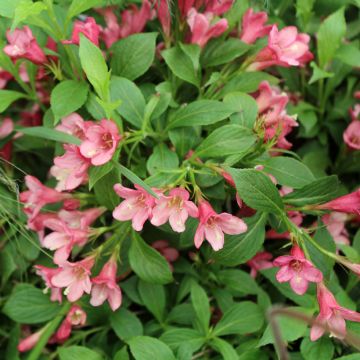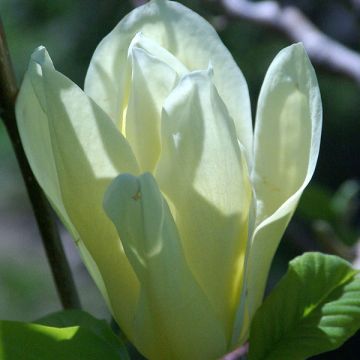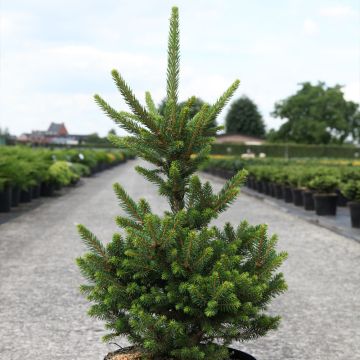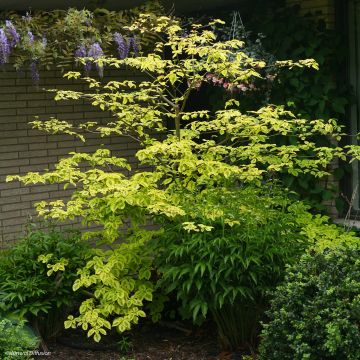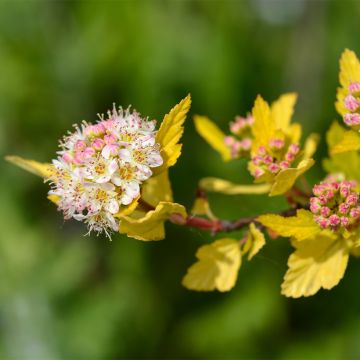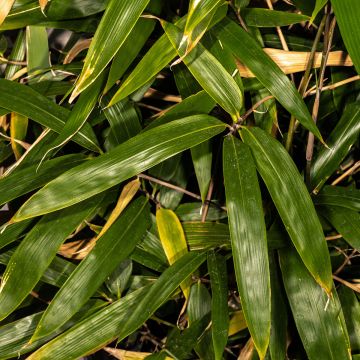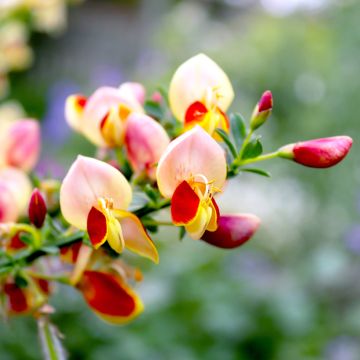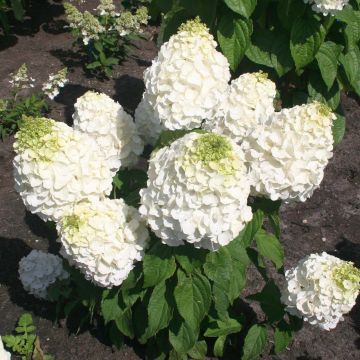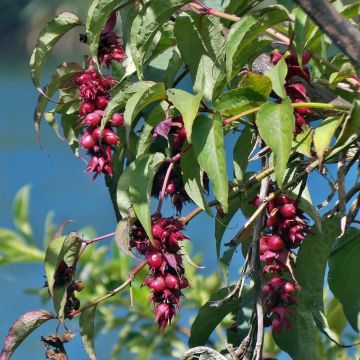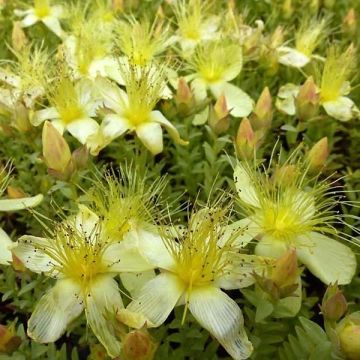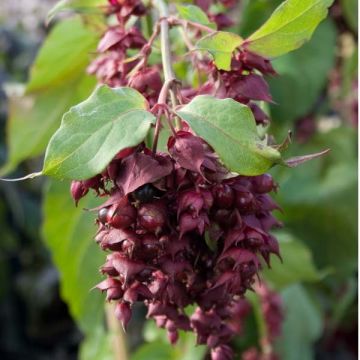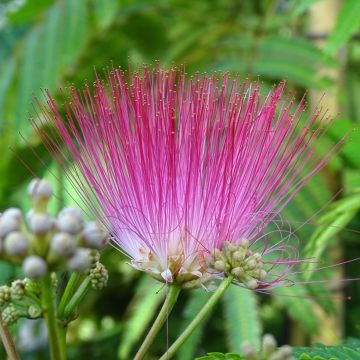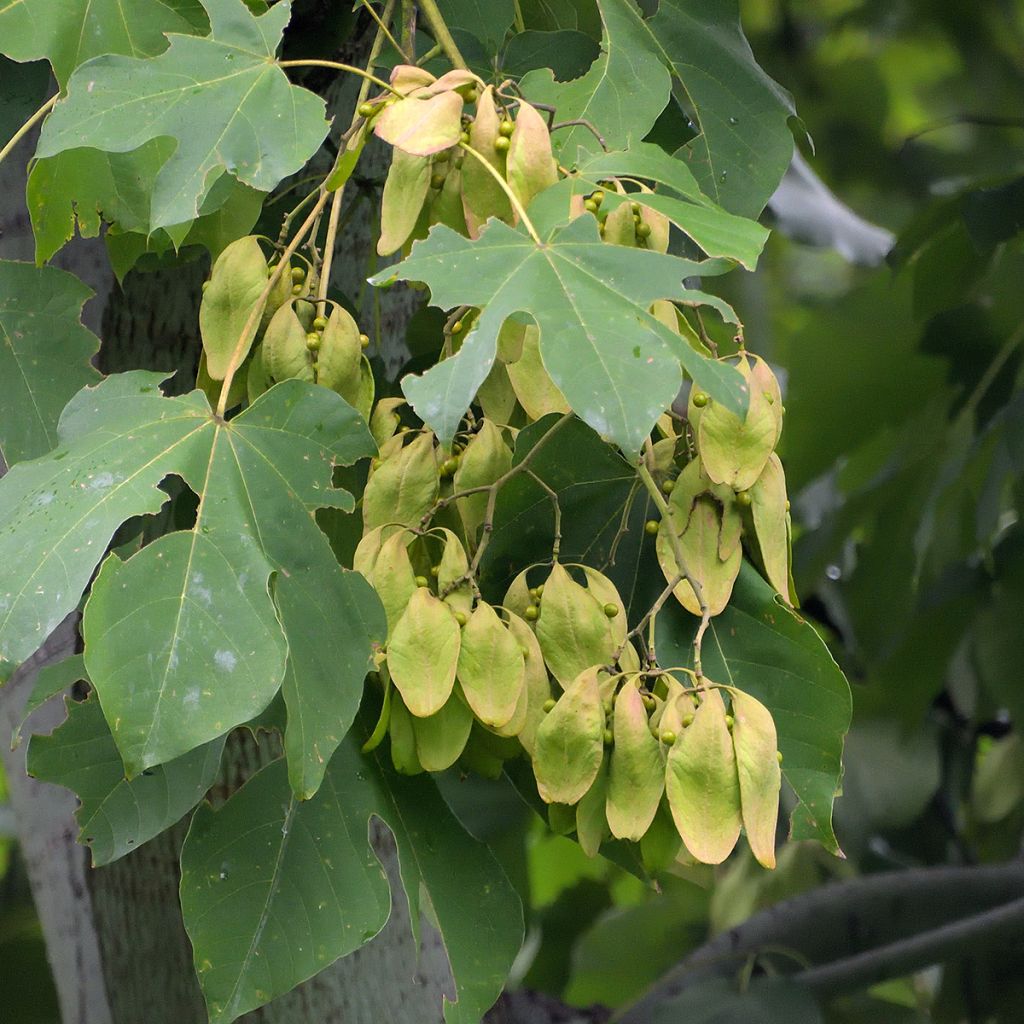

Firmiana simplex - Chinese Parasol Tree
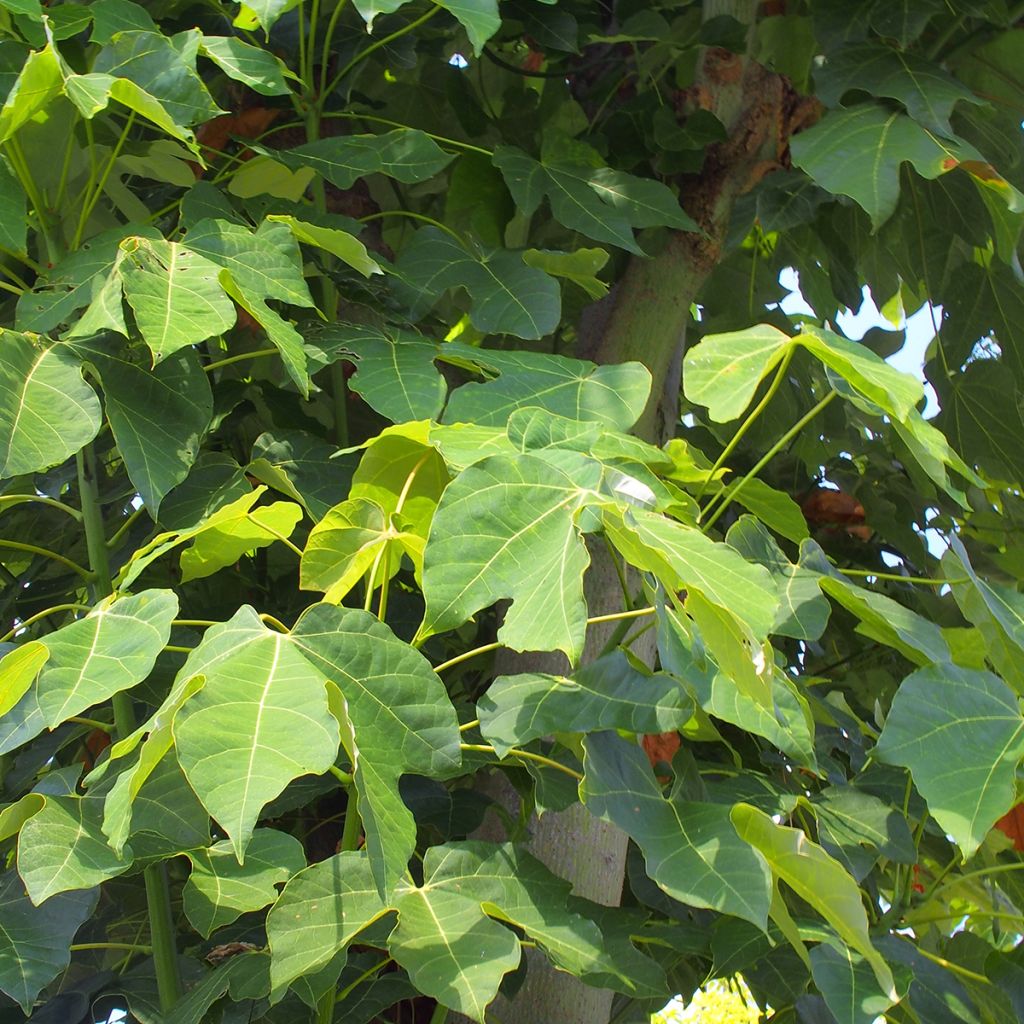

Firmiana simplex - Chinese Parasol Tree
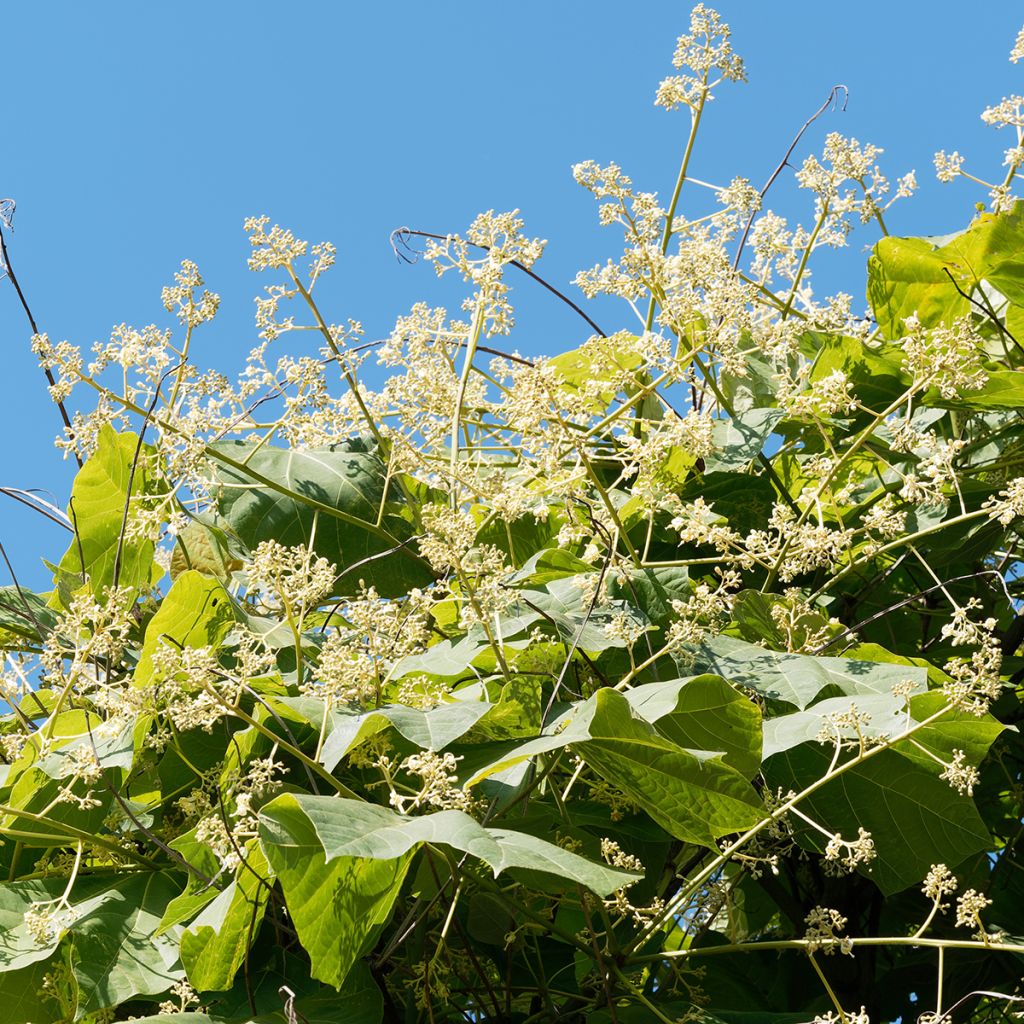

Firmiana simplex - Chinese Parasol Tree
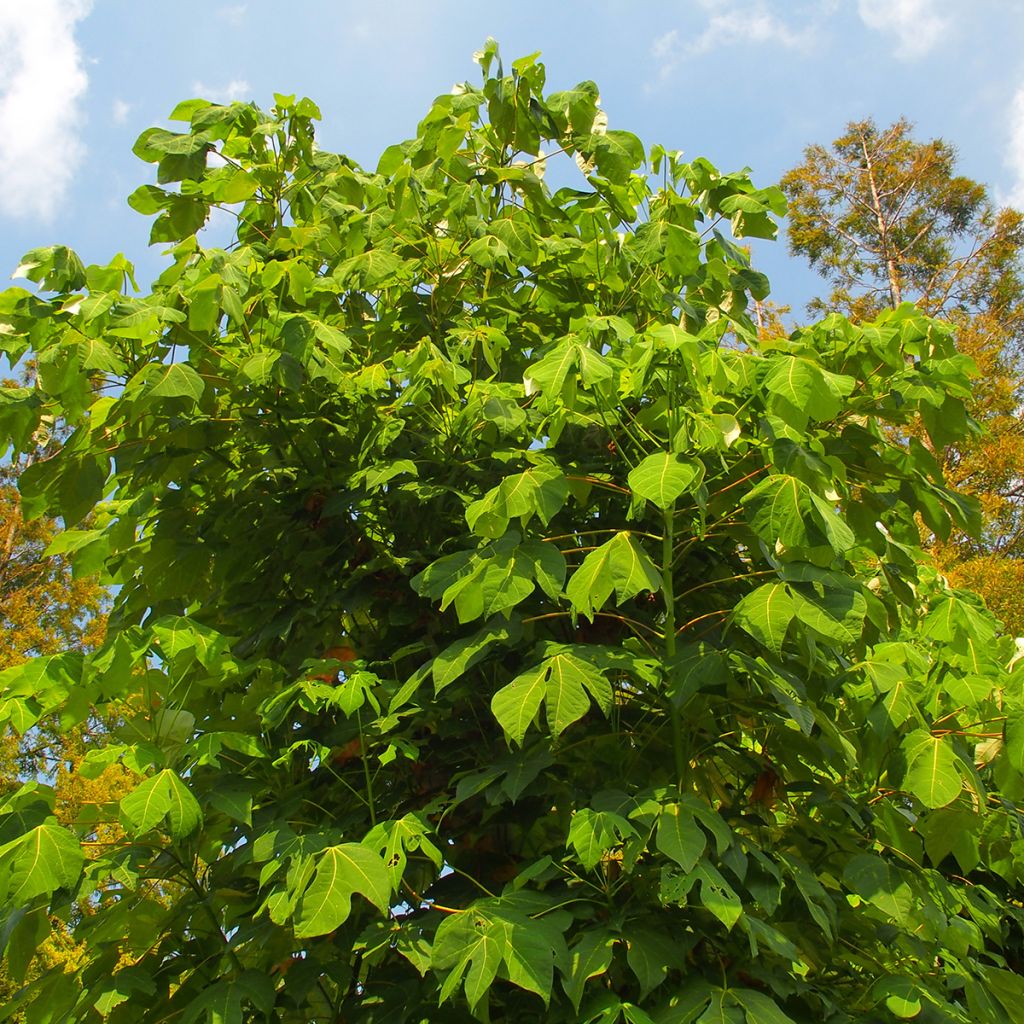

Firmiana simplex - Chinese Parasol Tree
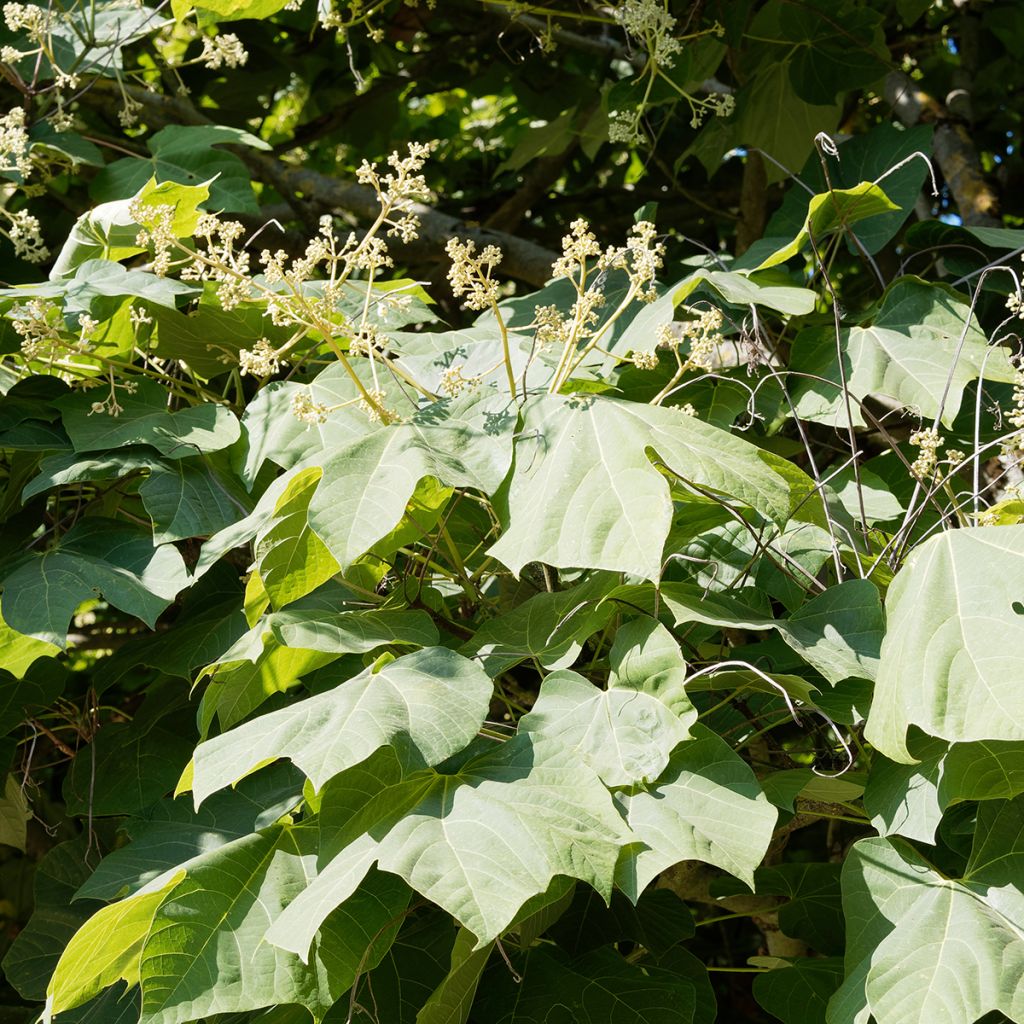

Firmiana simplex - Chinese Parasol Tree
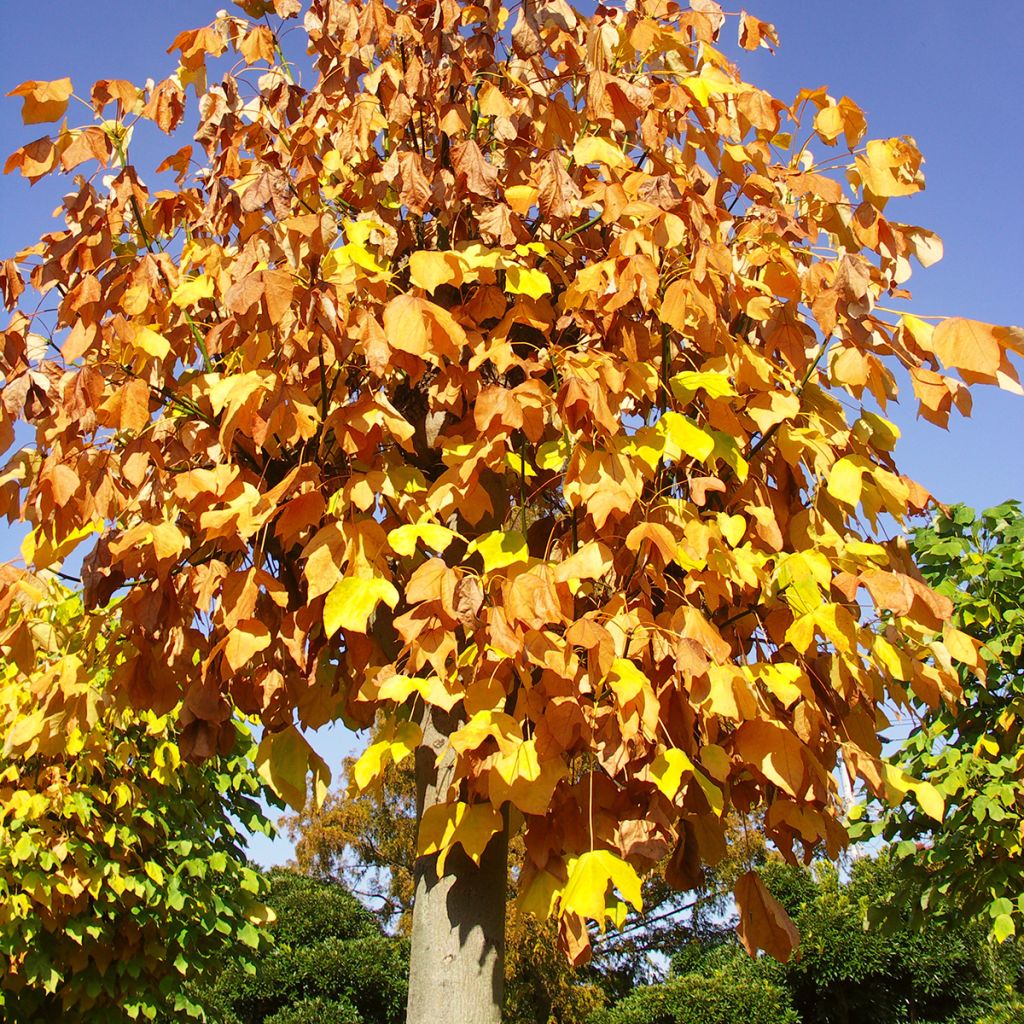

Firmiana simplex - Chinese Parasol Tree
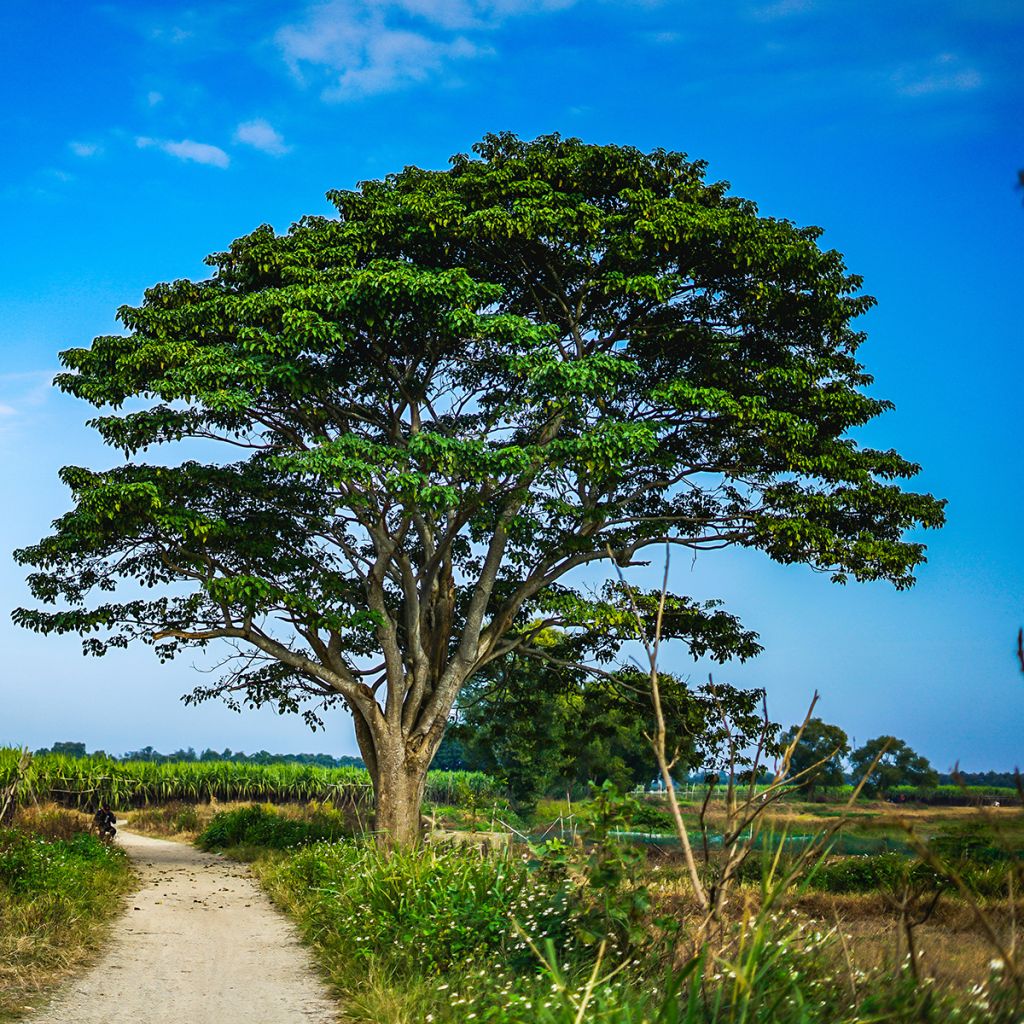

Firmiana simplex - Chinese Parasol Tree
Firmiana simplex - Chinese Parasol Tree
Firmiana simplex
Chinese Parasol Tree
This item cannot be shipped to the selected country
Delivery charge from €5.90
More information
Schedule delivery date,
and select date in basket
This plant carries a 24 months recovery warranty
More information
We guarantee the quality of our plants for a full growing cycle, and will replace at our expense any plant that fails to recover under normal climatic and planting conditions.
From €5.90 for pickup delivery and €6.90 for home delivery
Express home delivery from €8.90.
Does this plant fit my garden?
Set up your Plantfit profile →
Description
Discover Firmiana simplex, a medium-sized tree that is truly unique. Originally from Asia, this Chinese parasol tree brings an exotic touch to the garden with its large deciduous leaves resembling a fig tree. Its spring flowers and fruits also contribute to its decorative aspect. It is only moderately cold-resistant so can be grown in open ground only in mild climates. Plant it in full sun or partial shade, sheltered from the wind. Elsewhere, plant it in a pot and keep it in a cold greenhouse for the winter.
From the mallow family, Firmiana simplex is native to the region from Vietnam to Japan. It is extensively cultivated in China, where its light and very hard wood is used in the manufacturing of certain musical instruments. Its genus name is derived from Karl Joseph von Firmian (1716-1782), director of the botanical garden of Padua in the 18th century. It is known by various botanical names, including Sterculia platanifolia, Firmiana platanifolia, or Hibiscus simplex.
The Chinese parasol tree forms a tall tree with a rounded crown that can reach 10 to 15 m in height and 8 to 10 m in width. Its smooth bark, initially green, turns grey over time. It is particularly appreciated for its lush foliage. Its alternate leaves are divided into 3 to 7 lobes and can reach 25 to 45 cm in width. They are carried by long petioles. They are dark green, turning yellow in autumn before falling. They resemble the palmate leaves of the plane tree. In May-June, terminal panicles of yellow-green flowers, about 20 to 30 cm long, appear. They are slightly fragrant and attract pollinating insects. They are followed, in autumn, by particularly decorative fruits. These are dehiscent capsules, about 10 to 12 cm long, pinkish ochre, releasing brownish seeds when ripe.
Moderately hardy (-10°C), the Chinese parasol tree can be planted in the garden only in mild climates. In less favourable regions, grow it in a container and overwinter in a cold greenhouse (frost-free). If you can plant it in the garden, it will be magnificent, planted as a standalone specimen on a lawn or as an avenue tree. It is also an excellent shade tree.
Pair it with other trees with luxuriant foliage, and you can recreate a "Jungle" atmosphere. Consider the hardy banana, Musa basjoo, Fatsia japonica 'Spider's Web' with its large variegated leaves, or Tetrapanax papyrifera 'Rex', which can be planted at the forefront of the flower bed.
Report an error about the product description
Plant habit
Flowering
Foliage
Botanical data
Firmiana
simplex
Sterculiaceae
Chinese Parasol Tree
Hibiscus simplex, Sterculia platanifolia, Firmiana platanifolia
Southeast Asia
Other Shrubs A to Z
Planting and care
Planting Firmiana simplex in open ground is only possible in regions with mild climates. Everywhere else, plant it in a large container and bring it indoors for winter in a cold greenhouse. In the garden, provide it with a sunny or partially shaded spot sheltered from the wind. It is not very hardy, so protect young trees from frost. As for the soil, the Chinese parasol tree appreciates fertile, moist, and well-drained soil. Make sure to water your tree regularly during the first two years after planting, especially in summer. Only prune if necessary. Remove any unwanted branches that affect the tree's shape in late winter (February-March).
Planting period
Intended location
Care
This item has not been reviewed yet - be the first to leave a review about it.
Summer-flowering shrubs
Haven't found what you were looking for?
Hardiness is the lowest winter temperature a plant can endure without suffering serious damage or even dying. However, hardiness is affected by location (a sheltered area, such as a patio), protection (winter cover) and soil type (hardiness is improved by well-drained soil).

Photo Sharing Terms & Conditions
In order to encourage gardeners to interact and share their experiences, Promesse de fleurs offers various media enabling content to be uploaded onto its Site - in particular via the ‘Photo sharing’ module.
The User agrees to refrain from:
- Posting any content that is illegal, prejudicial, insulting, racist, inciteful to hatred, revisionist, contrary to public decency, that infringes on privacy or on the privacy rights of third parties, in particular the publicity rights of persons and goods, intellectual property rights, or the right to privacy.
- Submitting content on behalf of a third party;
- Impersonate the identity of a third party and/or publish any personal information about a third party;
In general, the User undertakes to refrain from any unethical behaviour.
All Content (in particular text, comments, files, images, photos, videos, creative works, etc.), which may be subject to property or intellectual property rights, image or other private rights, shall remain the property of the User, subject to the limited rights granted by the terms of the licence granted by Promesse de fleurs as stated below. Users are at liberty to publish or not to publish such Content on the Site, notably via the ‘Photo Sharing’ facility, and accept that this Content shall be made public and freely accessible, notably on the Internet.
Users further acknowledge, undertake to have ,and guarantee that they hold all necessary rights and permissions to publish such material on the Site, in particular with regard to the legislation in force pertaining to any privacy, property, intellectual property, image, or contractual rights, or rights of any other nature. By publishing such Content on the Site, Users acknowledge accepting full liability as publishers of the Content within the meaning of the law, and grant Promesse de fleurs, free of charge, an inclusive, worldwide licence for the said Content for the entire duration of its publication, including all reproduction, representation, up/downloading, displaying, performing, transmission, and storage rights.
Users also grant permission for their name to be linked to the Content and accept that this link may not always be made available.
By engaging in posting material, Users consent to their Content becoming automatically accessible on the Internet, in particular on other sites and/or blogs and/or web pages of the Promesse de fleurs site, including in particular social pages and the Promesse de fleurs catalogue.
Users may secure the removal of entrusted content free of charge by issuing a simple request via our contact form.
The flowering period indicated on our website applies to countries and regions located in USDA zone 8 (France, the United Kingdom, Ireland, the Netherlands, etc.)
It will vary according to where you live:
- In zones 9 to 10 (Italy, Spain, Greece, etc.), flowering will occur about 2 to 4 weeks earlier.
- In zones 6 to 7 (Germany, Poland, Slovenia, and lower mountainous regions), flowering will be delayed by 2 to 3 weeks.
- In zone 5 (Central Europe, Scandinavia), blooming will be delayed by 3 to 5 weeks.
In temperate climates, pruning of spring-flowering shrubs (forsythia, spireas, etc.) should be done just after flowering.
Pruning of summer-flowering shrubs (Indian Lilac, Perovskia, etc.) can be done in winter or spring.
In cold regions as well as with frost-sensitive plants, avoid pruning too early when severe frosts may still occur.
The planting period indicated on our website applies to countries and regions located in USDA zone 8 (France, United Kingdom, Ireland, Netherlands).
It will vary according to where you live:
- In Mediterranean zones (Marseille, Madrid, Milan, etc.), autumn and winter are the best planting periods.
- In continental zones (Strasbourg, Munich, Vienna, etc.), delay planting by 2 to 3 weeks in spring and bring it forward by 2 to 4 weeks in autumn.
- In mountainous regions (the Alps, Pyrenees, Carpathians, etc.), it is best to plant in late spring (May-June) or late summer (August-September).
The harvesting period indicated on our website applies to countries and regions in USDA zone 8 (France, England, Ireland, the Netherlands).
In colder areas (Scandinavia, Poland, Austria...) fruit and vegetable harvests are likely to be delayed by 3-4 weeks.
In warmer areas (Italy, Spain, Greece, etc.), harvesting will probably take place earlier, depending on weather conditions.
The sowing periods indicated on our website apply to countries and regions within USDA Zone 8 (France, UK, Ireland, Netherlands).
In colder areas (Scandinavia, Poland, Austria...), delay any outdoor sowing by 3-4 weeks, or sow under glass.
In warmer climes (Italy, Spain, Greece, etc.), bring outdoor sowing forward by a few weeks.


































